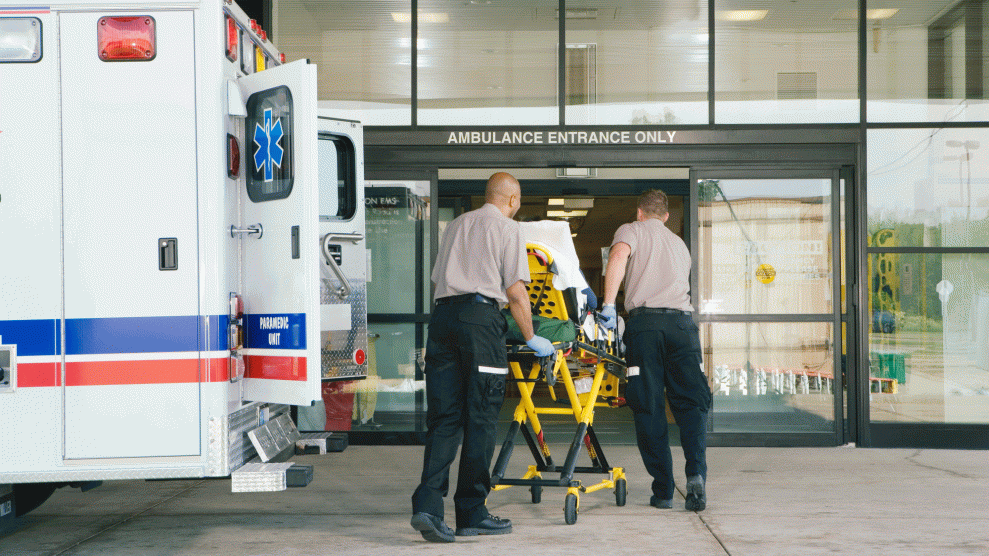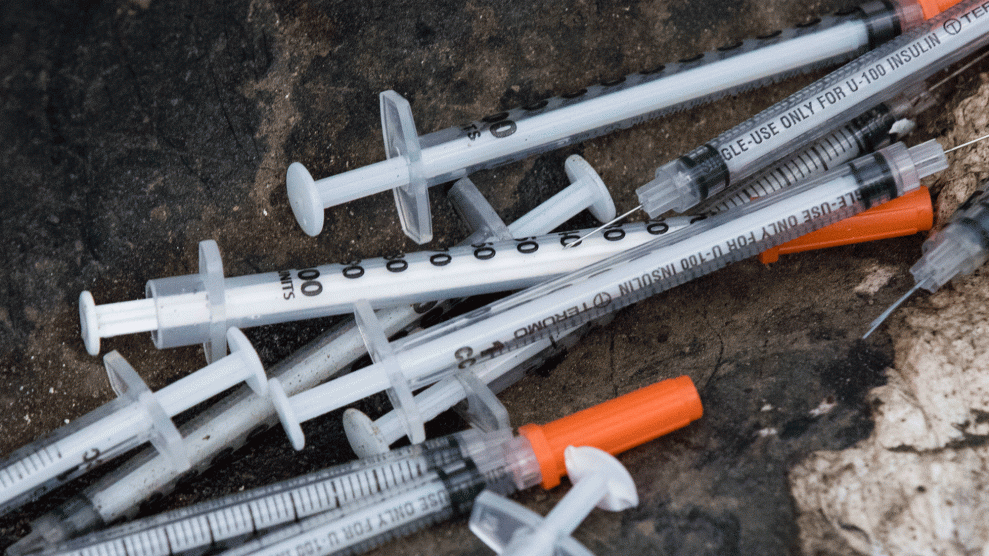
FangXiaNuo/iStock
More dismal news from the front lines of the opioid epidemic: Emergency room visits for opioid overdoses climbed by nearly 30 percent between July of 2016 and September 2017, according to a report published Tuesday by the Centers for Disease Control and Prevention. Nearly 143,000 Americans were brought to the ER for opioid overdoses during the 15-month period.
Unlike annual overdose deaths, which take more than a year to tally up, data on ER visits comes in real time, giving a more accurate portrait of the ongoing epidemic. The data also capture the tens of thousands of nonfatal overdoses. “For every fatal case, there are many more nonfatal cases, each one with its own personal and economic toll,” said Anne Schuchat, the CDC’s acting director. Because research shows that having one overdose is a good predictor of having another, the data presents an opportunity for targeting prevention efforts—like giving overdose reversal drug naloxone to family members and guiding the overdose victim to treatment—say CDC researchers in an accompanying commentary.
While overdoses increased across the country, some regions were hit harder than others. The Midwest saw a whopping 70 percent increase in opioid-related ER visits related to opioid overdoses. In Wisconsin and Delaware, the rate of visits more than doubled. In 16 states with particularly high overdose rates, shown in the CDC graphic below, the ER visit rate jumped by an average of 34.5 percent.

The report also confirms that what started as a problem predominantly in suburban and rural areas has become increasingly urban: Large, metropolitan areas saw a 54 percent jump in ER visits, likely because of the influx of synthetic opioids like fentanyl into heroin and other drugs.
















